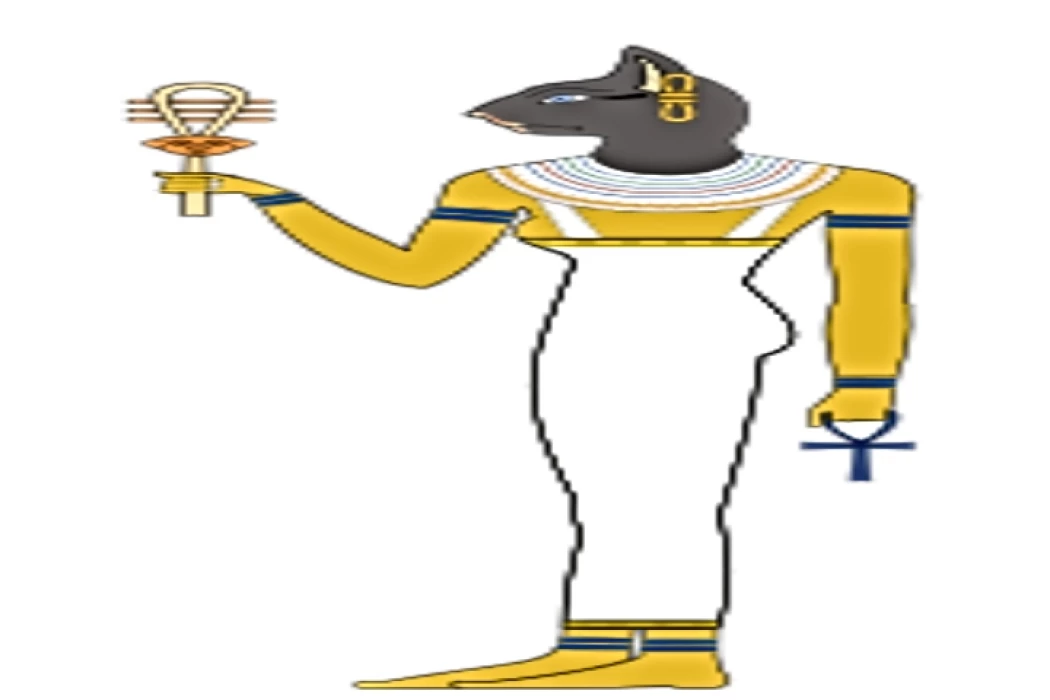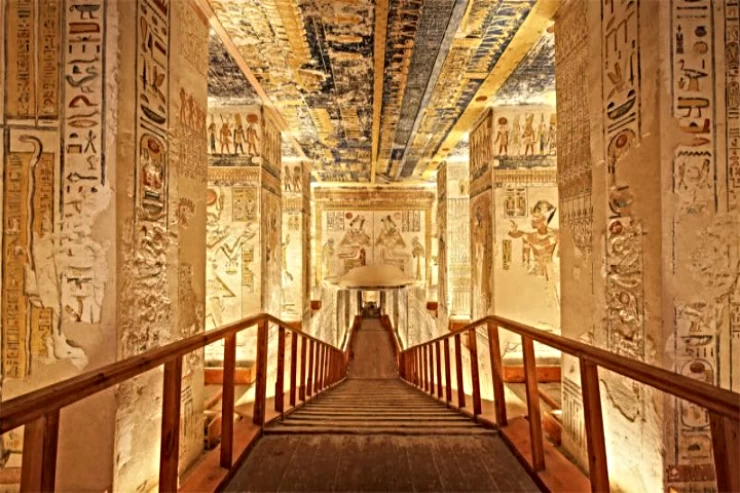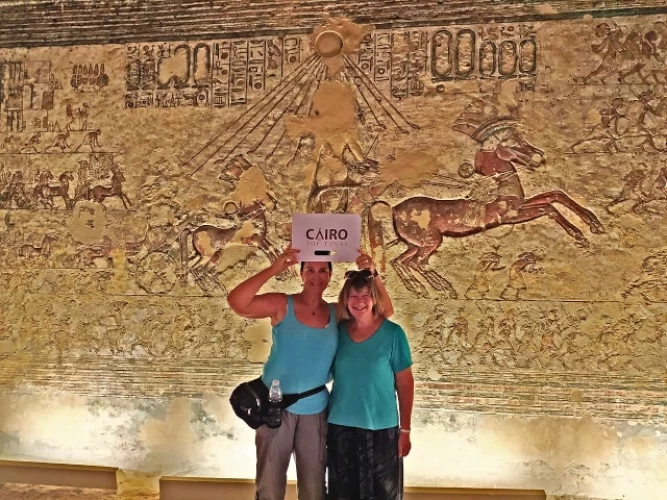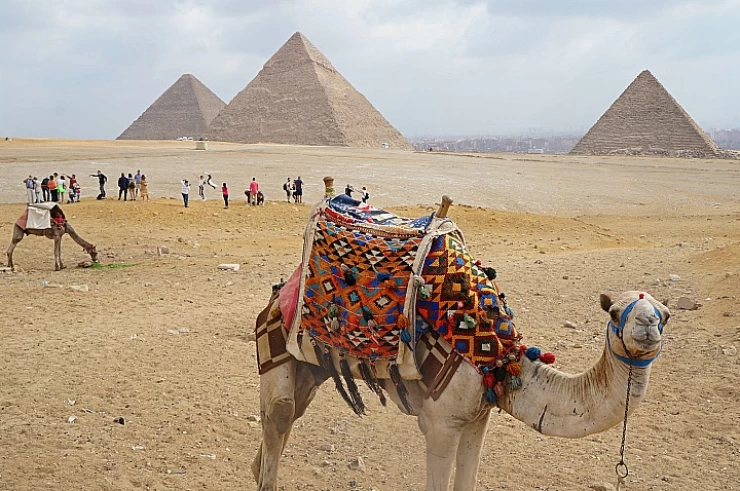
Egyptian cat goddess : Bastet ( God of ancient Egypt )
Egyptian cat goddess
The deity Bastet got her name from the Egyptian city of Bast (or Bubastis as referred by the Greeks), which is present day Tell Basta located around 12 km south of the city of Zagazig in the Sharqia Governorate. This region has produced many small relics of this goddess. The city of Bast, the center of worship of the goddess, is located east of the Delta, and thus Bastet was known as the goddess of the East.
Above all, her veneration extended to other localities as well culminating in Memphis where she was associated with the lion glaring goddess, Sekhmet who is situated at a site now known as Mit Rahina about twenty kilometers from Cairo. The god Bastet was also blended with several other goddesses, including goddess Hathor during Old Kingdom 2686-2160 BC and goddess Mut in the Middle Kingdom of 2055-1650 BC. Towards the end of the New Kingdom, the figure of the goddess Bastet gained much prominence amongst the Egyptians who referred to her as the goddess of pleasure and plenty.
They welcomed her as a protector of them and their homes. The "sistrum" as a musical instrument was among the specialties of "Bastet"; the latter was associated with fun and dancing. According to Egyptian mythology, Bastet was the offspring of the sun god Ra, married to Ptah the creator and lord of Memphis, and the mother of Maahes a war god of Egypt.
Bastet, in many similar iconographies, is shown as a woman with a lioness's head known as Sekhmet, which is regarded as her fierce terrifying side. The association of the cat with the gentle side of Bastet dates back to a relatively late period in Egyptian history, corresponding to the beginning of the Third Intermediate Period (1069 – 664 BC). It is sometimes difficult to distinguish precisely between the lion and feline features of the goddess in art.
There is a much difference between the Sekhmt god and the Bastet god they have the same represented form but with a different mission so the lovely Bastet goddess of pity and mercy but Sekhmet is the goddess of war and power.
Bastet according to the ancient Egyptian religion is Atum`s wife and She also worshiped "Bastet" in Upper Egypt, where she was likened to or represented by the goddess "Death", the wife of "Amun" in "Thebes".
The relationship between Bastet and Hathor
The gods also had a relationship with the gods Hathor, each of the gods of fun, and Bastet sometimes represented the delegation of her hand rattling in the form of the head of Hathor, and the worship of the gods Bastet merged with the worship of the deities of Hathor in the era of the Old Kingdom, as the gods depicted Hathor on the walls of the temple of King Bibi I (the family) Sixth),
then Hathor appeared standing next to King Bibi the First, and it seems that this king was interested in worshiping the gods Hathor in the area of Basta, next to her main idol, the gods Bastet, and the gods were depicted on a stone found in the cabin of the aforementioned temple, and it can be considered a metaphor for this. The inscription to the local deities Bastet.
The god Hathor was famous for being Sekhm when she was angry, and she used to be calm and cheerful, and there was a similarity between the feast of the gods Bastet and the feast of the goddess Hathor, which was called:
The Feast of Resurrection. Just as the gods Bastet merged with the gods, Hathor, since the era of the Old Kingdom, as we have already indicated, the gods took the status of the gods to Hathor from the Middle Kingdom era, to merge with the gods Bastet, so the worship of the gods Bastet was linked to the worship of the god's Death in Thebes, so the gods were called Bastet:
the gods are death Bastet, and represented while placing on her head the feathers of the god Shu and two horns between them, the sun disk.
The meaning of Bastet
Her name is derived from the name of the city of Bast (Bubast (Bubastis in Greek)), the center of her cult in the 18th region of Lower Egypt, and it is likely that her sacred animal was not originally the cat but the lioness. She was also called "Lady of Basta" in connection with her place of worship, a title that remained in the texts until the end of ancient Egyptian history.
The goddess Bastet was depicted as a cat-headed woman holding in one hand the shakshikha of Hathor and in the other holding a basket. She is also sometimes depicted as a cat. The goddess Bastet is usually depicted as a seated female lioness, or as a female human figure with a lioness or cat head, and on some Second Dynasty steins she appears as a woman with a lioness head. Bastet has been associated with the cat since the Middle Kingdom.
The gods are death Bastet, and represented while placing on her head the feathers of the god Shu and two horns between them, the sun disk.

















